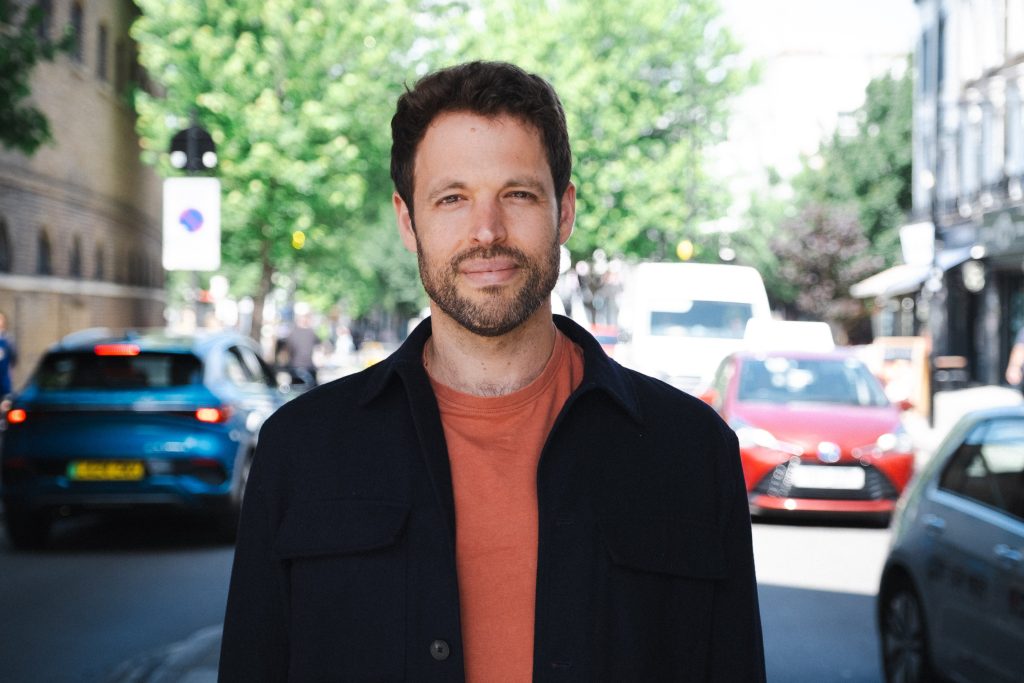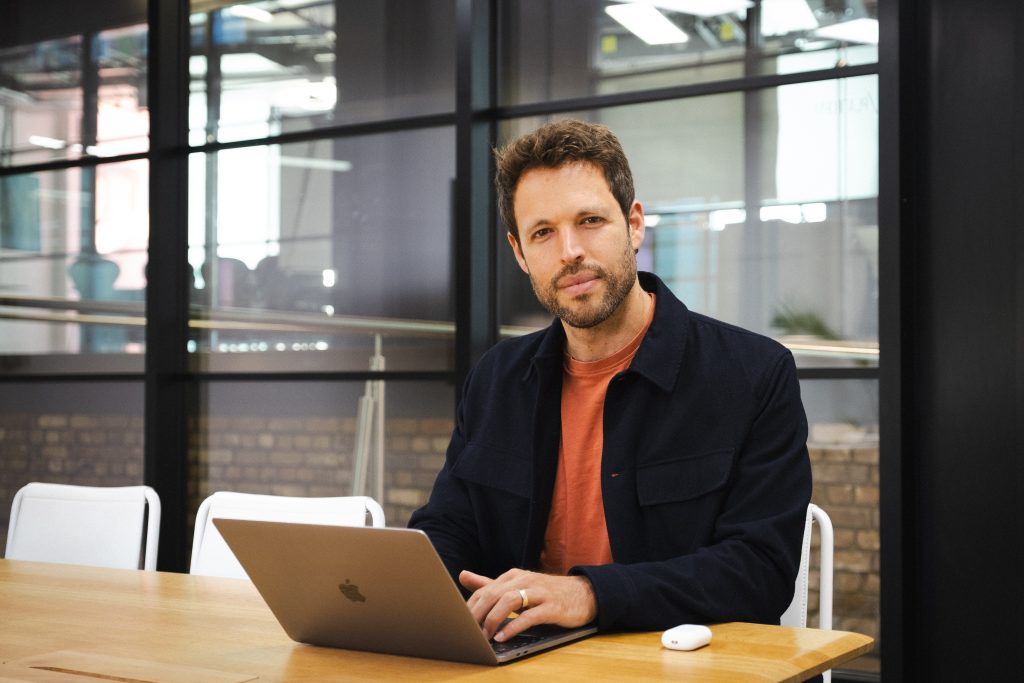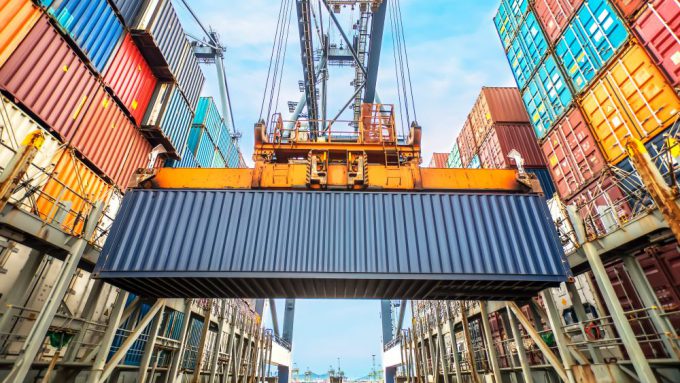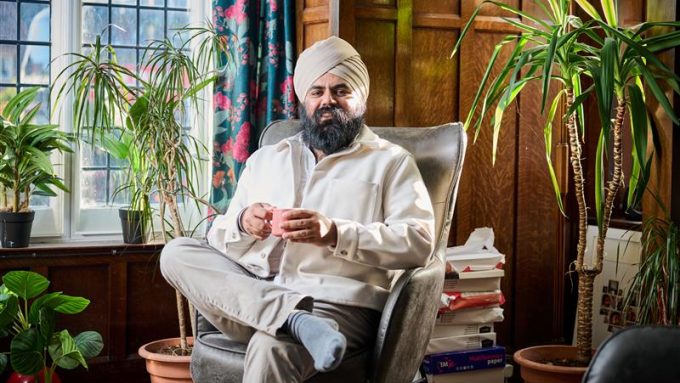
Meet the innovator using AI to speed-up road incident response times

“Your job is not to solve everything,” remarks tech start-up co-founder Michael Vardi on the role of an entrepreneur, “your job is to create the company that can solve everything.”
Michael is the Chief Business Officer of Valerann, a hardware turned AI business that once created intelligent road studs to monitor and manage traffic flows, and now analyses roadside, vehicle, weather and other traffic-related data – such as Waze and TomTom – to achieve the same goal.
Innovative people, he adds, must also “learn how to manage their energy”. Company founders tend to want to do everything all the time, but it’s crucial to “figure out the things you need to keep going, such as sleep and exercise”.
And while leading a company of 30 people can be both “brutal, and incredibly rewarding” it is important to recognise – and not overlook – your achievements.
“By the time something good happens, you may be over it and not want to celebrate,” he offers. “But it’s important you do, and it’s important for the team to keep everyone going.”

Deploying sensors in the road
Michael’s story is one of identifying a problem, finding a solution and doggedly pursuing – together with other co-founders Gabriel Jacobson (Chief Executive) and Daniel Yakovich (Chief Operating Officer) – this goal of developing a product, and not being afraid to try a new approach if a better idea comes along.
A decade ago, Valerann set out to make motorways safer by developing sensors and embedding them in a road surface, much like a cat’s eye. By creating an array of physical sensors, a real-time digital replica of traffic conditions could be generated.
The ambition was to improve highway safety by detecting accidents or spotting risks earlier, and reducing the time taken to deploy a response. Feedback from sensors could also be used to help traffic managers improve the flow of vehicles on motorways.
Sensors were installed on trial sites in a dozen countries including the UK, Spain and the USA. A prototype of the system managed to pinpoint the location of every moving vehicle on a stretch of road to within an accuracy of 100mm.
“We knew exactly when vehicles were slowing down, changing lane and accelerating,” Michael explains. “If there was an accident, we would see the digital footprint on screen to help road controllers to respond.
“However, we realised that the issue facing our industry was not how to develop the perfect data source. Rather, it was how do we make the most of what we already have.”Michael Vardi, Chief Business Officer, Valerann
Pivoting to a better solution
Michael and his co-founders paused to ask themselves if they could make use of data from traffic cameras, connected vehicles and social media interactions – and created a single road management platform called Lanternn by Valerann.
They were not short of data, and began to understand how clients sometimes struggle to process vast quantities of information, and may feel overwhelmed by multiple sources of data arriving into a highway control centre.
“I once saw a red ‘accident alert’ light flashing in a control room, but nothing was done because there was too much going on and staff said they didn’t trust the system. What we do instead is take all the data sources and try to reduce the noise by giving one alert, so people can confidently make better decisions.”
Family influence
Michael was born in Tel Aviv and his father was a diplomat, so the family moved around the world including to Germany, Belgium, Singapore and Australia. “I define my accent as ‘You are not from here’ but it means I feel at home wherever I go.”
He follows a line of namesakes who helped people in difficult times. His grandfather’s brother Michael died in the Holocaust helping Jewish children escape Ukraine; and his father’s brother Michael fought in the Yom Kippur War of 1973 trying to evacuate injured persons from a fortification. “I always felt I needed to do something to follow this great line of people who did so much,” he says.
Michael studied at United World College high school in Singapore, and graduated in philosophy and economics from Tel Aviv University. He got involved in data transformation programmes for government organisations and later worked as a strategic consultant at Boston Consulting Group.
Ten years ago, he came to the UK to enrol on a Masters in Business Administration at the London Business School – where he met Gabriel – and together with Daniel co-founded Valerann after securing $800,000 of pre-seed funding during his studies.
“I'm not technical, but find data compelling and love working with people to help them use it effectively,” he says.
Michael later went to live in Washington DC for four months to work closely with a client to advance the development of what later became Lanternn by Valerann, which has won several industry accolades including a Prince Michael International Road Safety Award and the 'Exporter of the Year Award' from ITS UK.
“Our industry has incredible people who are committed to safety and efficiency, but organisations are so complex that it can be hard to push for change. Decisions made can impact millions of journeys every day.”

Catapult providing connections
Valerann was accepted onto the Hazard Protection on Roads Accelerator, delivered by Connected Places Catapult on behalf of National Highways last year and also took part in an intelligent mobility accelerator several years earlier.
Its recent trial covered 370 miles of motorways around Birmingham including the M1 and M6 and made use of machine vision technology to analyse cameras, sensors in the road, data from connected cars, weather information and feedback from navigation app Waze.
When an alert was triggered, the technology determined the severity of the incident, and whether the control team needed to be informed. A larger follow-up trial is currently being explored with National Highways.
“What mattered most about the accelerator was getting access to the client and its stakeholders. Connected Places Catapult helped to create a framework for us to carry out a trial, which was very valuable because of how hard it can be to engage with large organisations.”
Asked why it is important to innovate in the highways sector, he says it is because roads represent the largest infrastructure asset in the country. “If we can make a 30 second improvement to all UK motorway journeys, that soon adds up and could represent a lifetime every day.”
But more importantly, introducing new technology could help to save lives, he adds. “By knowing exactly what is happening on motorways earlier, incident responses can be carried out faster. Data plays a big role in that.”
Read more about the Hazard Protection on Roads Accelerator.





